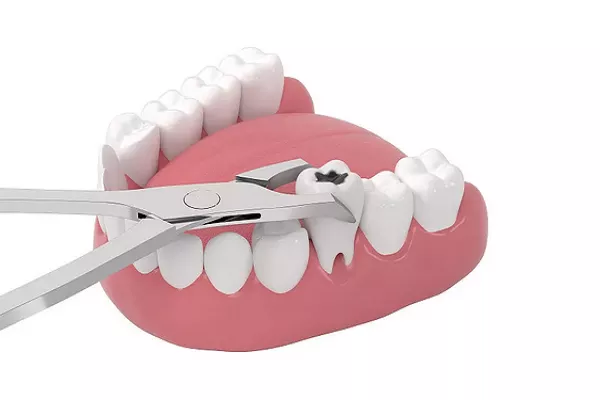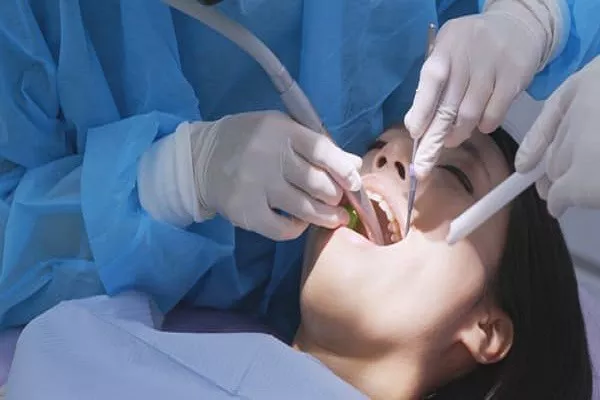Periodontal disease, also known as gum disease, is a common dental issue that affects the health of your gums and teeth. There are two main forms of periodontal disease: gingivitis and periodontitis. While both forms of the disease require prompt attention and treatment, gingivitis is generally reversible.
Gingivitis is the earliest stage of periodontal disease and is characterized by inflammation of the gums. Symptoms of gingivitis include red, swollen, and bleeding gums. Gingivitis is caused by a buildup of plaque on the teeth and gums, which can be removed with proper oral hygiene and professional cleanings.
If caught early, gingivitis can be treated and reversed with proper oral hygiene, such as regular brushing and flossing, as well as professional cleanings by a dental hygienist. In some cases, the use of mouthwash or antibiotics may also be recommended.
On the other hand, periodontitis is a more advanced form of gum disease that can cause irreversible damage to the gums and teeth. Periodontitis is characterized by the breakdown of the bone and tissue that support the teeth, leading to tooth loss and other serious oral health issues.
If left untreated, periodontitis can only be managed, not reversed. Treatment for periodontitis often involves scaling and root planing, which is a deep cleaning procedure that removes plaque and tartar buildup below the gumline. In severe cases, surgery may be necessary to restore the health of the gums and teeth.
In conclusion, while both forms of periodontal disease require prompt attention and treatment, gingivitis is generally reversible with proper oral hygiene and professional cleanings. If you are experiencing symptoms of gingivitis, such as red and swollen gums, it’s important to consult with your dentist to receive prompt treatment and prevent the disease from progressing to periodontitis.
































